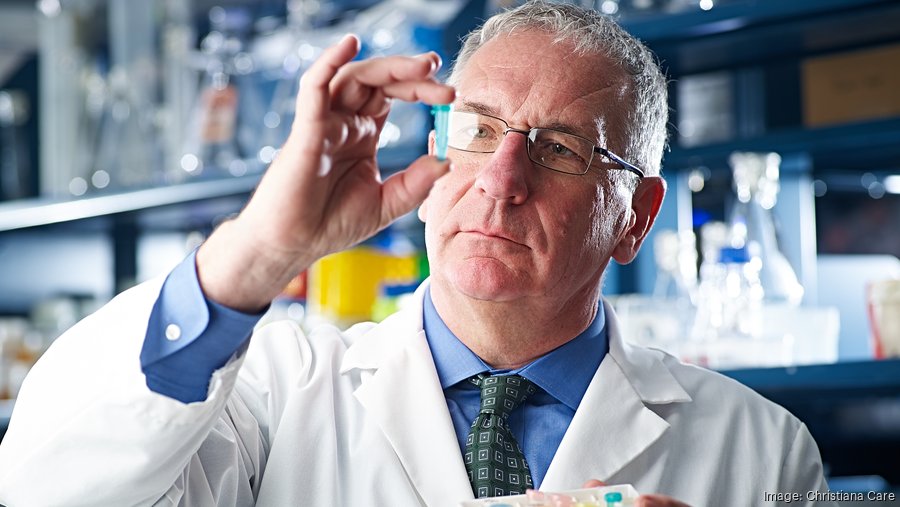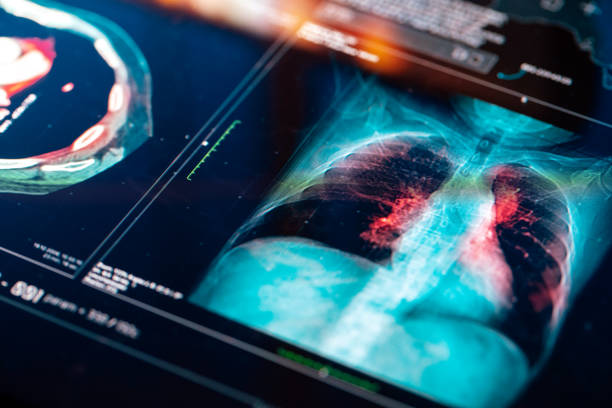Base Editing Market in Veterinary Medicine: Tackling Inherited Animal Diseases

Introduction
The landscape of veterinary medicine is undergoing a transformation with the rise of advanced gene-editing technologies. Among these, the Base Editing Market is emerging as a groundbreaking method for addressing inherited diseases in animals. Unlike conventional techniques, base editing enables precise modifications at the molecular level of an animal's DNA, providing a potential solution for long-standing genetic disorders. This cutting-edge technology holds immense promise for enhancing animal health and welfare while also contributing to advancements in agricultural productivity.
Access Full Report
1. Understanding Base Editing
Base editing is an innovative and highly accurate gene-editing technique that allows scientists to alter a single DNA base pair without inducing double-strand breaks. Unlike traditional CRISPR-Cas9 gene-editing methods, which can result in unintended mutations due to random edits, base editing provides a targeted and predictable approach to genome modification.
Initially developed in 2016 by researchers from Harvard University and the Broad Institute, base editing has gained widespread attention for its ability to correct single-point mutations, which are often responsible for genetic diseases. In veterinary medicine, this technique offers a promising avenue for treating inherited disorders, many of which stem from single nucleotide mutations.
2. Addressing Inherited Diseases in Animals Through Base Editing
Genetic disorders in animals can lead to severe health complications, ranging from chronic illnesses to premature mortality. These conditions are typically caused by mutations in one or more genes. Conventional treatments, such as symptom management or surgical interventions, can be expensive, time-consuming, and sometimes ineffective. In many cases, no cure exists, and the condition persists across generations.
By directly correcting the genetic mutations responsible for such disorders, base editing offers a potential cure for various inherited diseases in animals. Some notable examples include:
2.1. Muscular Dystrophy in Dogs
Duchenne Muscular Dystrophy (DMD) is a well-documented inherited disorder affecting certain dog breeds, including Labrador Retrievers and Golden Retrievers. Caused by mutations in the dystrophin gene, this condition leads to progressive muscle deterioration and eventual fatality. While there is currently no cure, base editing could correct dystrophin gene mutations, potentially halting or even reversing the disease’s progression.
2.2. Cystic Fibrosis in Cattle
Cystic fibrosis (CF), a genetic disorder that affects various species, including cattle, results in severe respiratory and digestive issues, often leading to premature death. The disorder stems from mutations in the CFTR gene. Through base editing, veterinarians could correct these mutations, eliminating CF and significantly improving cattle health and productivity.
2.3. Hemophilia in Horses
Hemophilia, a genetic bleeding disorder caused by mutations in clotting factor genes, is commonly found in thoroughbred horses. This condition makes affected horses highly susceptible to excessive bleeding from minor injuries, which can be life-threatening. Base editing presents an opportunity to correct these genetic defects, potentially reducing the prevalence of hemophilia in equine populations.
2.4. Retinal Degeneration in Cats
Retinal degeneration, a genetic condition that leads to blindness in certain cat breeds, is frequently associated with mutations in the RPGR gene. Affected cats experience progressive vision loss, impairing their ability to navigate their environment. Through precise editing of the RPGR gene, base editing holds the potential to restore vision and enhance the quality of life for these animals.
3. Advantages of Base Editing in Veterinary Medicine
Base editing presents several advantages over traditional gene-editing techniques, making it particularly well-suited for veterinary applications:
3.1. Unmatched Precision
Unlike CRISPR-Cas9, which can introduce unintended off-target effects, base editing ensures highly specific genetic modifications. This level of precision is crucial for treating inherited diseases, where accuracy is paramount to prevent undesirable consequences.
3.2. Enhanced Safety and Efficiency
Since base editing does not require the introduction of double-strand DNA breaks, it minimizes the risk of unintended mutations. This makes it a safer and more efficient approach for genetic modification, particularly in veterinary medicine, where the well-being of animals is of utmost importance.
3.3. Potential for Direct In Vivo Applications
A key advantage of base editing is its potential for in vivo gene modification—making genetic corrections directly within an animal’s body. Traditional methods often require the extraction, modification, and reinsertion of cells, a process that is complex, costly, and time-intensive. Base editing simplifies this by eliminating the need for ex vivo procedures, allowing for more accessible and efficient treatments.
3.4. Broad Applicability Across Species
Base editing is not limited to a specific species; it can be utilized for genetic modifications in various animals, including both companion pets and livestock. This versatility makes it an invaluable tool in veterinary medicine and agricultural industries alike.
4. The Role of Base Editing in Agriculture and Livestock Management
Beyond its applications in veterinary medicine, base editing has significant implications for the agricultural sector. Correcting genetic disorders in livestock can improve overall productivity, animal health, and food security. Genetic defects in farm animals often result in decreased productivity, higher veterinary expenses, and the need to cull affected animals. Base editing could help eliminate these challenges, benefiting farmers and the agricultural industry as a whole.
4.1. Strengthening Disease Resistance in Livestock
In addition to correcting genetic disorders, base editing can be leveraged to enhance disease resistance in livestock. For instance, some breeds of pigs and cattle are highly susceptible to viral infections like Porcine Reproductive and Respiratory Syndrome (PRRS), which can have devastating economic impacts. Through genetic modifications, base editing could render these animals resistant to such infections, improving their health and boosting agricultural efficiency.
4.2. Enhancing Breeding Programs
Base editing also has the potential to revolutionize breeding programs by enabling the selection of desirable traits, such as improved disease resistance, higher productivity, and superior meat or milk quality. By incorporating base editing into selective breeding strategies, farmers can produce healthier, more resilient livestock, ultimately benefiting both agricultural production and consumers.
5. Challenges and Ethical Considerations
While base editing holds immense potential, several challenges must be addressed before it becomes widely implemented in veterinary medicine and agriculture.
5.1. Regulatory Challenges
One of the primary obstacles is navigating the regulatory approval process. Agencies such as the FDA and the European Medicines Agency (EMA) play a critical role in evaluating the safety and efficacy of gene-editing technologies in animals. Base editing will need to undergo thorough regulatory scrutiny before it can be widely adopted in veterinary applications.
5.2. Ethical Concerns
The genetic modification of animals raises important ethical questions. Critics argue that altering an animal’s genetic makeup for therapeutic or agricultural purposes may lead to unintended ecological and biological consequences. Concerns surrounding the creation of genetically modified pets or livestock have also fueled debates about the ethical boundaries of gene editing.
5.3. Cost and Accessibility
Despite its potential, base editing remains an expensive technology. The high cost of gene-editing treatments may limit accessibility, particularly in low-resource regions. Ensuring that base editing becomes an affordable and widely available tool will be essential for its widespread adoption.
Conclusion: The Future of Base Editing in Veterinary Medicine
Base editing represents a revolutionary advancement in veterinary science, offering an accurate, efficient, and safer approach to treating inherited diseases in animals. From addressing muscular dystrophy in dogs to cystic fibrosis in cattle, base editing has the potential to cure genetic conditions that have long challenged animal health. Furthermore, its applications in agriculture can enhance livestock productivity, prevent disease outbreaks, and improve overall animal welfare.
Although challenges related to regulation, ethics, and cost must be overcome, the future of base editing in veterinary medicine looks promising. As research and development continue to advance, base editing is poised to become a pivotal tool in the fight against genetic diseases, benefiting both animals and the broader agricultural industry.
Note: IndiBlogHub features both user-submitted and editorial content. We do not verify third-party contributions. Read our Disclaimer and Privacy Policyfor details.







